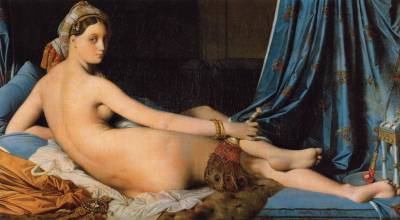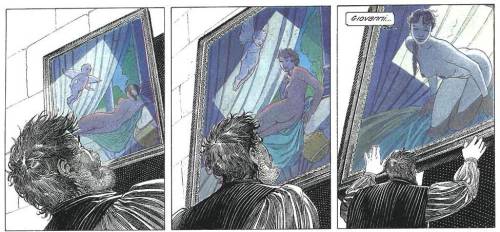- English
- Français
- Nederlands
Ingres, Jean-Auguste-Dominique
Jean-Auguste-Dominique Ingres (29 August 1780 – 14 January 1867) was a French Neoclassical painter. Although he considered himself to be a painter of history in the tradition of Nicolas Poussin and Jacques-Louis David, by the end of his life it was Ingres's portraits, both painted and drawn, that were recognized as his greatest legacy.
A man profoundly respectful of the past, he assumed the role of a guardian of academic orthodoxy against the ascendant Romantic style represented by his nemesis Eugène Delacroix. His exemplars, he once explained, were “the great masters which flourished in that century of glorious memory when Raphael set the eternal and incontestable bounds of the sublime in art … I am thus a conservator of good doctrine, and not an innovator.” Nevertheless, modern opinion has tended to regard Ingres and the other Neoclassicists of his era as embodying the Romantic spirit of his time, while his expressive distortions of form and space make him an important precursor of modern art 1).

La Grande Odalisque, 1814, oil on canvas, 91 x 162 cm, Louvre. The subject's elongated proportions, reminiscent of 16th-century Mannerist painters, reflect Ingres's search for the pure form of his model.
This painting might be the original of the one Giovanni Battista saw in his dreams 2). But it might also be Diego Rodríguez de Silva y Velázquez.

